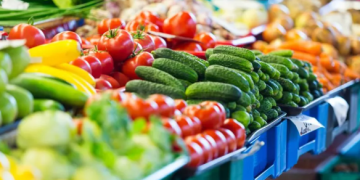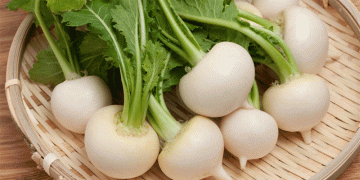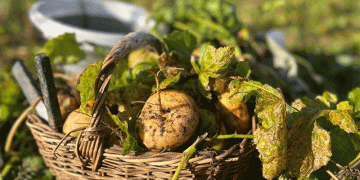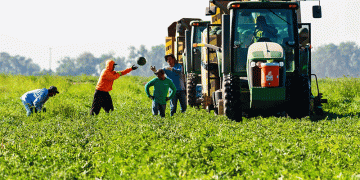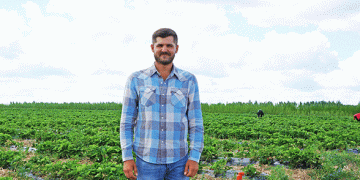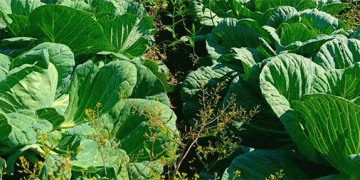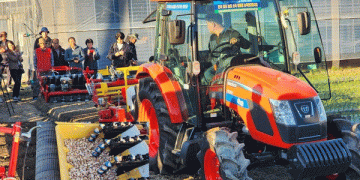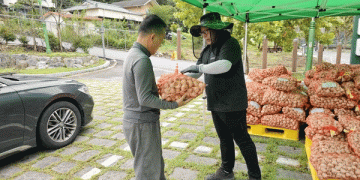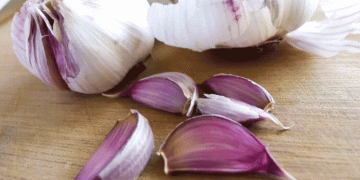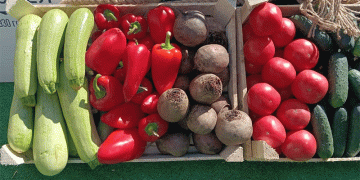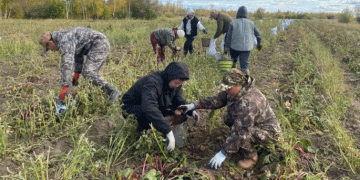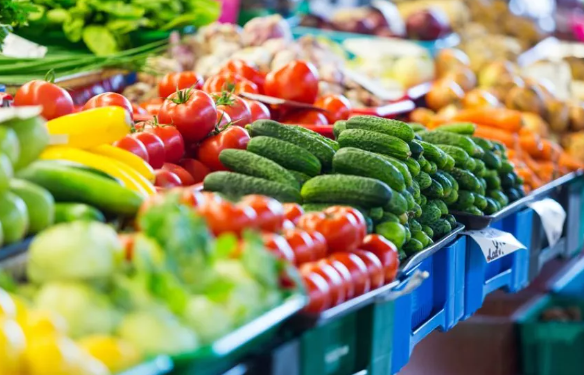#Agriculture #VegetableCultivation #OrganicFarming #SustainableAgriculture #HarvestTrends #AgriculturalInnovation #FarmingPractices #AgriculturalEconomics #Germany
Germany’s vegetable industry witnessed a notable uptick in productivity in 2023, with 5,970 agricultural businesses harvesting a total of 3.9 million tonnes of vegetables, marking a 4% increase from the previous year. Despite a 3% reduction in the cultivation area for vegetables, organic produce saw a promising surge, accounting for 15% of the total cultivation area and 12% of the harvest.
Organic cultivation experienced a significant boost, with a 3% increase in area and an impressive 11% rise in associated harvest volume compared to the preceding year. Over the period from 2017 to 2022, organic cultivation area and harvest volume surged by 15% and 25%, respectively, indicating a sustained growth trajectory in sustainable farming practices.
The surge in harvest can be attributed in part to the cultivation of high weight-per-unit area vegetables like beets, onions, zucchini/courgettes, and carrots. Carrot production notably increased by 2%, emerging as the leading harvest with 796,700 tonnes, followed by onions at 666,300 tonnes, showcasing a 15% increase from the previous year.
Despite a decline in cultivated area, white cabbage registered a 4% increase in harvest, totaling 398,500 tonnes. Noteworthy increases were also observed in the production of pickling cucumbers (gherkins) and iceberg lettuce, demonstrating the industry’s adaptability and resilience.
In open fields, asparagus emerged as the top crop in terms of cultivation area, followed by onions and carrots. However, lettuce cultivation experienced a decline, reaching its lowest level since 2012, while the harvest of romaine lettuce and pumpkins saw significant growth, highlighting shifting consumer preferences and market dynamics.
Regional insights reveal that four federal states accounted for two-thirds of the total open-air vegetable cultivation area, with North Rhine-Westphalia, Lower Saxony, Rhineland-Palatinate, and Bavaria leading the pack. Additionally, while greenhouse cultivation remained relatively stable, the harvest volume saw a notable 5% increase, driven mainly by tomatoes and cucumbers.
Germany’s vegetable industry continues to evolve, fueled by innovation, sustainability, and strategic adaptation to market demands. As stakeholders navigate challenges and capitalize on opportunities, the sector stands poised for continued growth and success.
